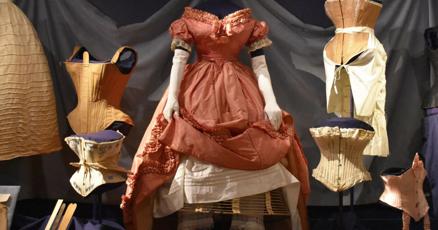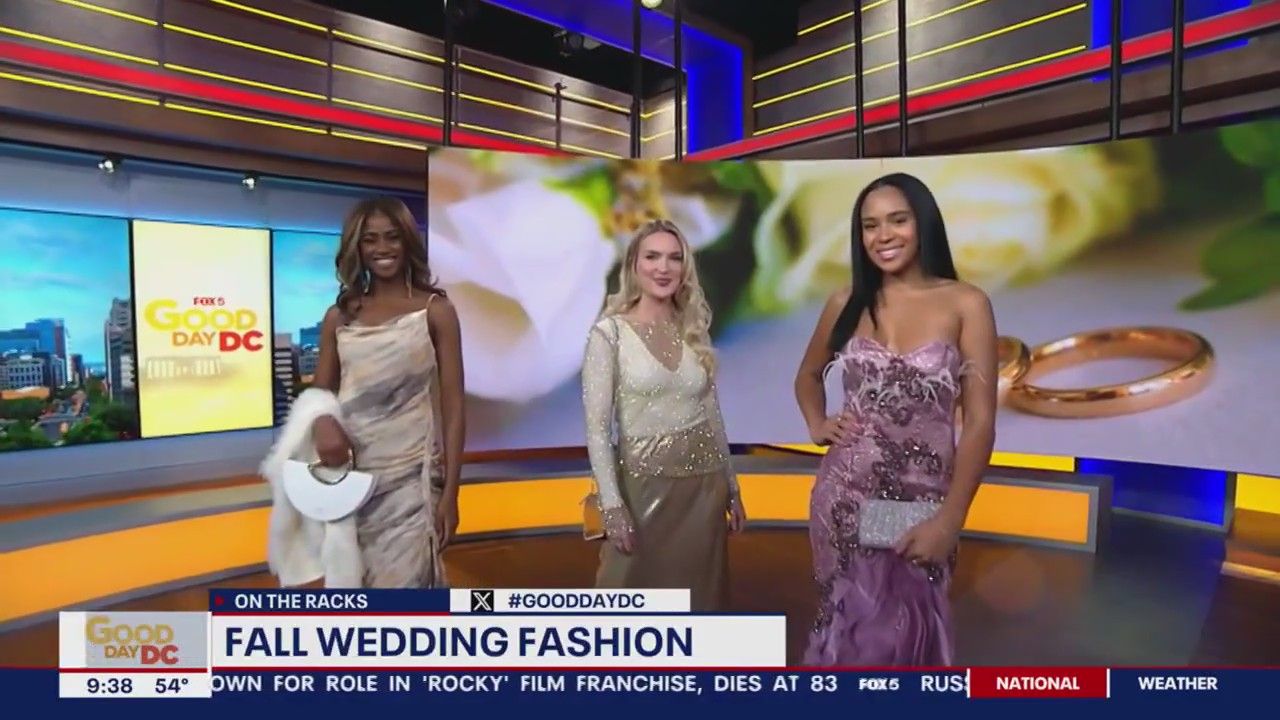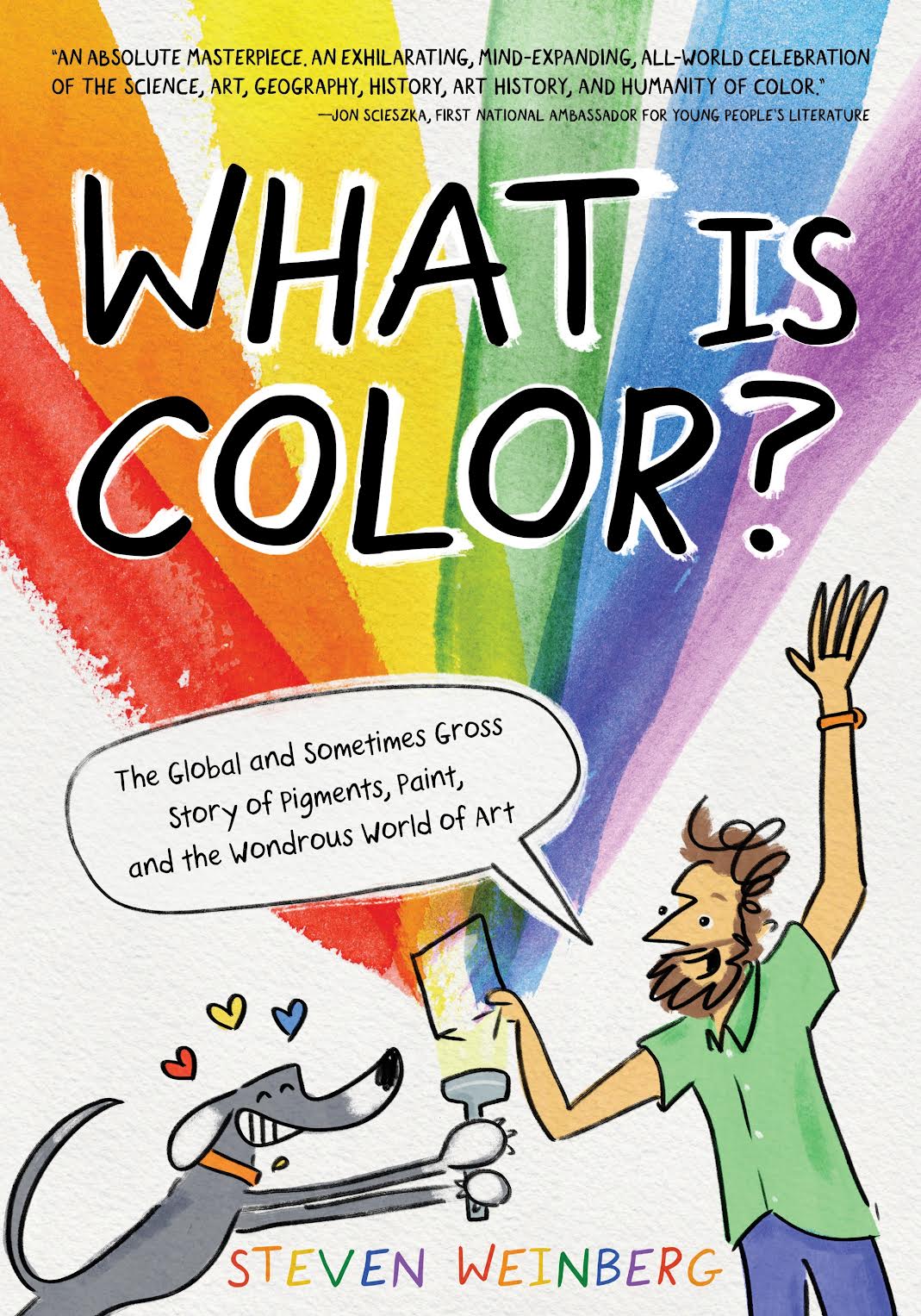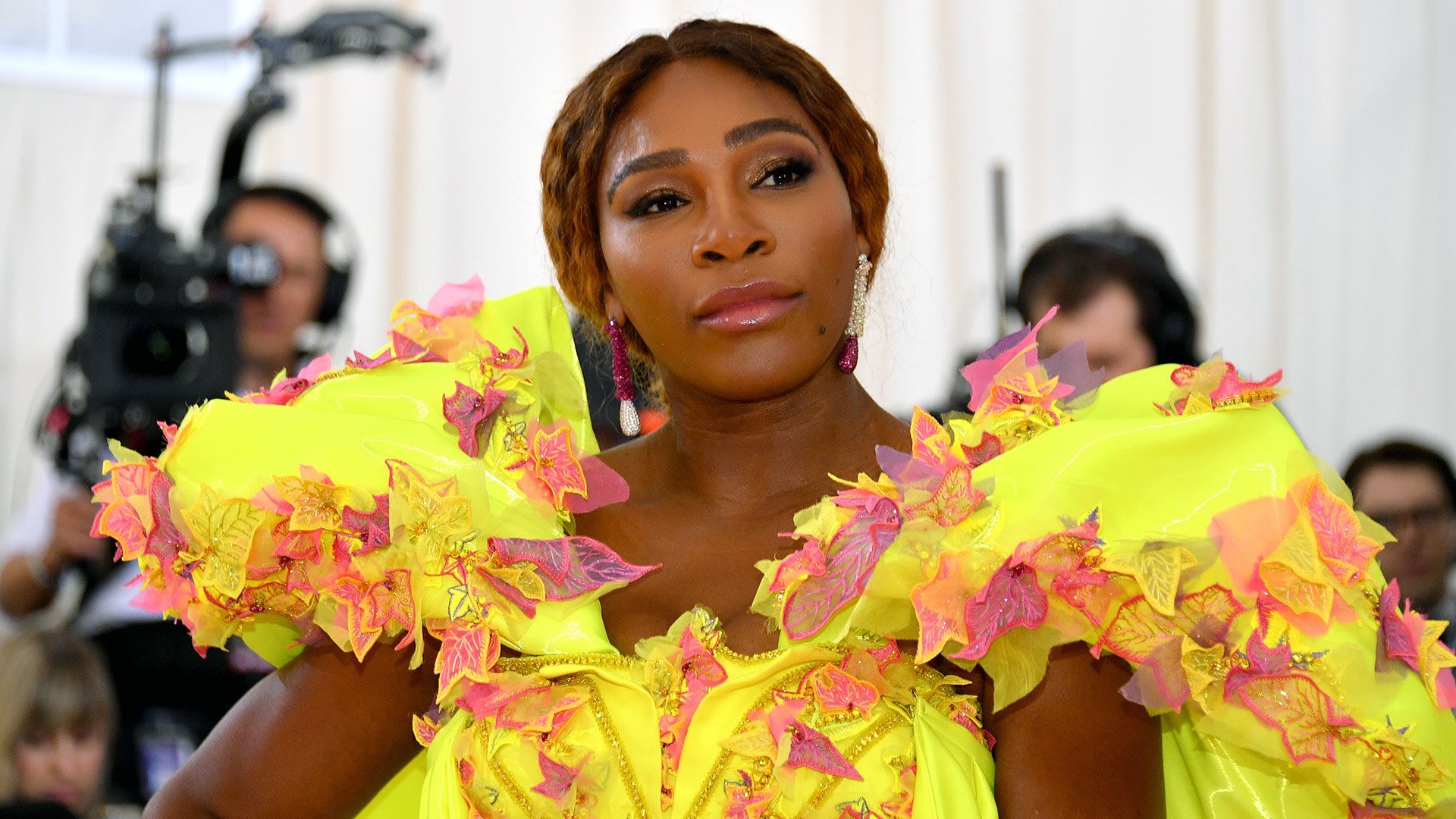
MUMFORD — Fashion will be at the forefront Nov. 4 as Genesee Country Village & Museum explores the styles of 18th- and 19th-century America in a day of lectures.
Four experts from around the region will be featured during “Fall Fashion Lecture Day.” Each of the presenters will speak on different subjects, culminating with keynote speaker Susan W. Greene, namesake and donor of the Museum’s Bruce & Susan Greene Costume Collection. Greene’s subject is “1840s: Fabric Rush.”
The program is scheduled from 9 a.m. to 4 p.m. at the Museum, 1410 Flint Hill Rd.
This season, the museum has featured a multimedia exhibition in the Wehle Gallery about how 19th-century Americans performed and navigated a changing fashion landscape. “Becoming Gendered: Garment as Gender Artifact” pulls at the thread of how dress provides the world with visual cues to interpret identity. The exhibit opened in May and will run through the 2024 season.
A capsule look at the presentations:
- “Redeeming the Irredeemable: The Diabolical Striped Garment.”
Brandon W. Brooks explores how the stripe and striped garments have been used by society to draw lines between those who are welcome and those who are not. From criminals, rebels, insurgents, and prisoners, to the middle-class masses, and those wishing to embrace seaside luxury; the history of stripes is full of colorful and conflicting implications. Extent pieces from the Bruce & Susan Greene Costume Collection will complement this discussion.
Brooks has been curator of the John L. Wehle Gallery at since March 2020. Brooks works with more than 400 years of European and American sporting and wildlife art, and more than 300 years of fashion and textile material culture.
- “A Survey of Dress – A Careful and Complete Look at Extant 18th-Century Woodland Clothing.”
Michael Galban will explore a very complete catalog of known 18th-century woodland objects of clothing. Attendees will have the opportunity to examine the materiality but also the social and economic implications of commerce and trade in goods during the colonial period in the northeast.
Galban is historic site manager of Ganondagan State Historic Site and the curator of the Seneca Art & Culture Center. Ganondagan is a 17th-century Seneca town site and nationally regarded as a center for history, cultural, and environmental preservation. His academic research focus is on woodland art/aesthetics, Indigenous semiotics, and regard.
- “A Story in the Threads: The Clothing of Enslaved Women in the Antebellum South”
What was the difference between the clothing of enslaved Black women and free white women during the Antebellum period? Cheyney McKnight will share what enslaved women were wearing and how their culture, circumstances, and creativity affected their clothing.
McKnight is manager of living history at New-York Historical Society. She develops and runs living history programs at the museum. McKnight is also owner of Not Your Momma’s History, a public history consulting business that aids museums and historical sites in talking about the African experience in 18th and 19th century America.
- “1840s: Fabric Rush”
Greene, using period photographs and extant garments, will explore the range of textiles that we available by the 1840s, from high-end silks to printed dress cottons to utilitarian drills. The rapid improvements in manufacturing resources usually referred to as the Industrial Revolution brought the possibility of a real “wardrobe” to an eager population in the United States and other industrialized nations.
Greene is an author, collector, lecturer, weaver, and historian. She is the author of “Textiles for Early Victorian Clothing” and several entries in Valerie Steele’s “Encyclopedia of Clothing and Fashion” and Carol Kammen’s “Encyclopedia of Local History.”
Tickets include access to all four lectures, a continental breakfast, prepared boxed lunch, and guided behind-the-scenes tours of the Gallery vaults, which house the Museum’s extensive historic clothing collection. Virtual access is offered at a discounted rate. Tickets must be purchased in advance online at https://tinyurl.com/4ey5hb6n.




